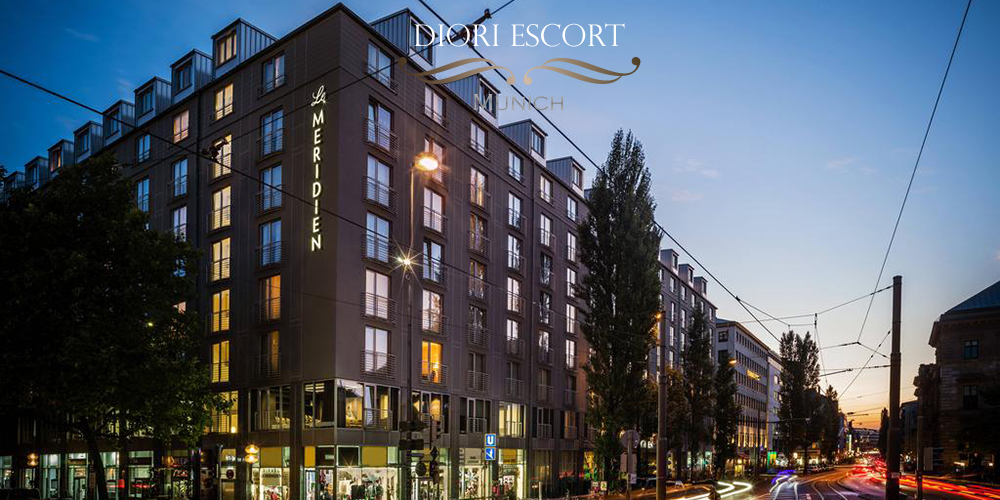Bavaria’s capital Munich is a cocktail of breathtaking sights, historic Baroque churches, and museums of the highest ranks. Munich’s Kunstareal is a mixture of art museums with so many ones of its kind masterpieces that it becomes very difficult to make up your mind to where to begin. You can’t just see all of them in just one week, these antique collections were collected by the monarchs Wittelsbach, who ruled Bavaria until the 20th century. The palaces of them which are located in the city are two of the most glorious monuments to take in, and you will also see the Alps from the top of the St Peter’s Church and Rathaus. There is a lot to do in the third biggest city in Germany. Munich is known for its greenery and its love for nature. The public parks, majestic museums, and other amazing places make Munich so beautiful. The mid-point of Munich’s historic city is the main open square the Marienplatx, visitors here stop and watch the beautiful animated clock which plays its legend two or three times a day.
Marienplatz
Marienplatz has been Munich’s central square from the time of the city’s foundation and the site of medieval jousting tournaments until 1807, the markets were held here. In addition to the enormous Neues Rathaus the ‘New City Hall’ that fills one entire side of the square, forming a gate at the far end you’ll find the Altes Rathaus the ‘Old Town Hall’. In the large open square is the Mariensäule, it is a tall column pillar to the Virgin Mary erected in the year 1638, and the Fischbrunnen, a new fountain which includes bronze figures that were rescued from an earlier 19th-century fountain. Marienplatz is the focus of festivals and scenes of a large Christmas Market which is popular with shoppers for its stores, boutiques, and different kinds of restaurants. This market is best known for the Christmas markets and it starts three weeks prior to Christmas. The Neues Rathaus, which covers 9,159 m² (3.5 sq mi) and has over 400 rooms dominates Marienplatz. And the designer was Georg Hauberrisser. Every day at 11 am and at 5 pm from March to October, everyone stops here to watch the famous Glockenspiel on the front of the Neues Rathaus, as its animated mechanical figures dine and dance.
Hofbräuhaus
You can’t beat the Germans in drinking beer. They love beer and it is as important to them as their girlfriends. There are so many beer halls all over Germany. One of the famous beer halls is Hofbräuhaus state-run beer hall which dates back to the 16th century and it gives a great vibe with a live brass band. The rules of the Oktoberfest are no service for anyone who is without a seat, so you need to find yourself a place so you could get served. Avoid going there on Fridays and Saturdays as it is too overly crowded. It is one of the main tourist attractions in Munich and it can take more than an hour to find a table than beer. The best day to go there is on Sunday as it is less crowded and you will get a good service instead.
Frauenkirche
The famous huge brick of Munich Frauenkirche, was built in 1488. The Cathedral Church of Our Lady is actually a Late Gothic church that is majestic in size. Massive twin 100-meter-tall towers, with their characteristic Renaissance domes, tower over a high building 109 meters long by 40 meters wide. Inside the cathedral you can see, the 1622 Tomb of the Emperor Ludwig the Bavarian in black marble with bronze figures, a 1620 altarpiece of the Assumption by Peter Candid, and the 14th-century Sorrowing Christ the Baroque red marble font in the Baptistery. The main thing about the church is the strange footprint on the floor of the porch which creates curiosity in people. It is said that the footprint is left by the devil who came to inspect the church. The twin towers of Frauenkirche can be seen from anywhere in the city and they are a good landmark for orientation. You can even go to the top for an amazing view across the city to the Bavarian Alps. Look around the beautiful interior and the grave of the Holy Roman Emperor Ludwig the Bavarian inside.
St Peter’s Church
St Peter’s Church (Peterskirche) towers are a famous Munich landmark above the city on a hill between Marienplatz and Rindermarkt, which makes it the perfect spot for an amazing view. From 56 meters (183.7 feet) up, look right down onto the rooftops of Aldstadt and Frauenkirche, the symbol of Munich. Visitors can see as far as the distance of 100 kilometers on a clear day, which means all the way to the Alps. But for such a view you need to do your leg day as there Is a winding spiral staircase with 306 steps.
Englischer Garten
If you look at the map of the Munich city then you will be surprised to see the size of Englischer Garten. This park was created in the 18th century and it begins on the left bank of the Isar in the north behind the Residenz and keeps ongoing. The expansion of the lawn is at 370 hectares, it is one of the world’s largest urban parks with tree groves, pastures, and a lake. It is even bigger than New York’s Central Park.
Bavarian National Museum
Bavarian National Museum was inaugurated by King Maximilian II in the year 1855, it is another cultural attraction that needs so much time. There are more than 40 to 45 rooms of antique decorative items and they are from the Art Nouveau at the start of the 20th century. You can the feel of the 20th century by looking at the faience, weapons, armor, porcelain, oil paintings, musical instruments, furniture, clocks, costumes tableware, and a whole lot more which will stun you. The Bollert Collection, a trove of Late Gothic and Renaissance and sculpture from religious buildings around Bavaria, and the set of Rococo Nymphenburg porcelain figures by the Swiss modeler Franz Anton Buselli are all the high points. This historic museum also deserves a mention because it was built to complement the collections at the end of the 1890s





